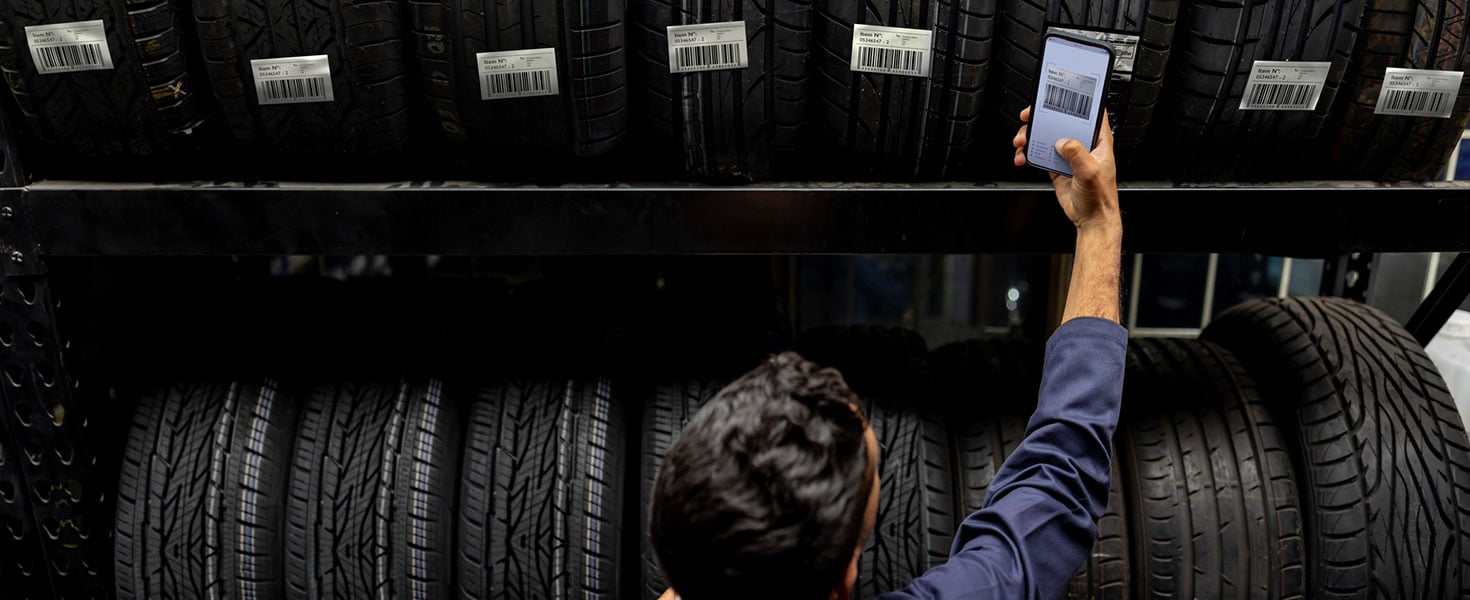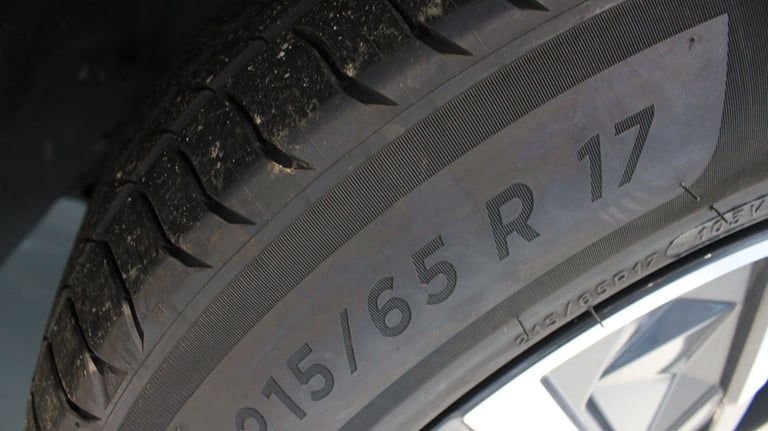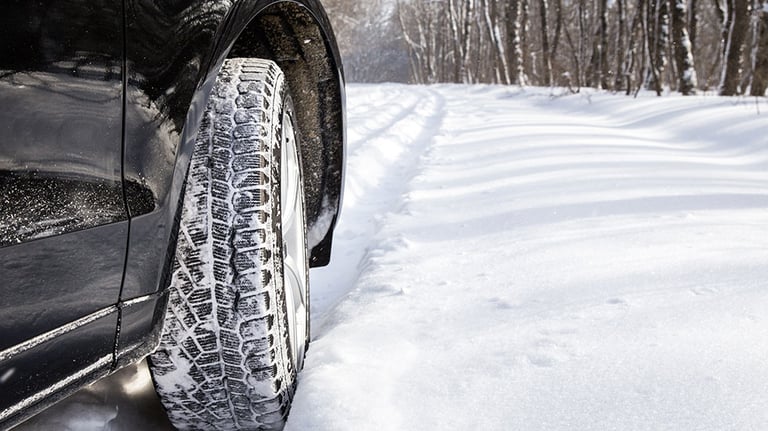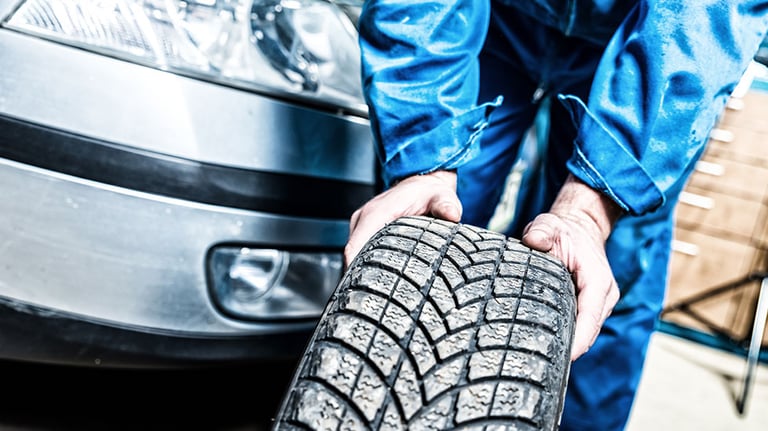The Best Tires for Your Vehicle
Learn the difference between winter tires, summer tires, all-terrain tires, and other types of tires


How long do tires last? Over the course of your car’s life, you can expect to need new tires every 40,000-60,000 miles. While there is never a shortage of tire sales to entice consumers, understanding the different tire types and performance characteristics can often be overwhelming in the quest to determine what are the best tires. This is especially true when tires need to be replaced unexpectedly, leaving little if any time for research beforehand.
In this article, we’ll examine the different types of tires that are available at most stores, their performance benefits and characteristics, and some things to keep in mind on how to choose tires.

But before we get to tire types, let’s look at some commonly used tire terms you may hear at shops or in marketing materials and give you an idea what they mean.
- Tread / Tread Pattern: The tread refers to the rubber that contacts the driving surface. The grooves in the tire are not actually the tread, rather they’re the pattern and are designed to push water, snow, dirt, and debris away from the contact patch.
- Sipes: Also called the “kerf,” sipes are small slits in the tread blocks designed to increase grip in wet, icy, or snowy conditions. Sipes help push moisture and debris away to provide more grip.
- Sidewall: This is the smooth, vertical portion of the tire that sits between the tire tread and the wheel and is key when you are trying to figure out how to read tire size. Sidewalls also include pertinent information like inflation specifications, speed rating, and date of manufacture.
- Bead: A tire bead is the inner edge of the sidewall that contacts the rim of the wheel. This thicker, reinforced edge slots into a groove in the wheel to form an airtight seal that allows the tire to hold air.
- Aspect Ratio: The aspect ratio of a tire indicates the height of the sidewall relative to the width of the tire. It is important to keep the aspect ratio the same between your sets of tires to prevent having to recalibrate your speedometer and odometer due to changing wheel circumference.

Common Tire Types to Consider:
All-Season: All-season tires are the most popular tires used by drivers today. They are well suited for driving on highways and surface streets, providing acceptable performance in most scenarios. They are designed to provide a comfortable ride and good handling through different weather conditions, but as the saying goes, “A jack of all trades is a master of none.” So, while all-season tires are balanced for acceptable performance in most scenarios, they do not particularly excel in any.
Passenger: These tires are designed with comfort in mind, delivering a smooth, quiet ride, and acceptable reliability throughout the year. Compared with other performance tires, tread life on passenger tires is very good. While they work well on most cars, vehicles designed for enhanced performance like sports cars or trucks may not accept passenger tires.
Touring: Also referred to as “Grand Touring” tires, these deliver a comfortable ride and all-season traction while also boasting higher speed ratings and more responsive handling. Designed to lean into performance versus comfort, these work well on sporty sedans or other performance vehicles when you are in the market for a bit of comfort while maintaining a focus on performance.

Performance: Performance tires come with larger grooves in the tread pattern to improve traction in wet conditions. With enhanced tread compounds, performance tires feature higher speed ratings and better grip in all weather conditions with less focus on ride comfort.
All-Terrain: Featuring a pronounced tread pattern with large tread blocks and deep grooves, all-terrain tires deliver grip and performance in off-road applications. Perfect for driving on dirt, mud, or rocky surfaces, all-terrain tires are often installed for aesthetic reason, by drivers who prefer their more aggressive look.
Winter: If you live in an area that experiences significant amounts of snow and you spend at least part of the year driving over snowy surfaces, winter tires are designed to maximize traction with heavy siping and deep grooves that push snow and slush away from the contact patch. “Studded” winter tires even feature small metal pins to help provide grip over ice. If you feel the need for winter tires, we recommend buying an extra set of wheels to install them. While this may seem like a large, up-front expense, being able to switch tires between seasons will prevent you having to remount and balance every time. Additionally, using winter tires during colder months will save miles on your regular tires, increasing their lifespan.
Summer: Designed for great performance in wet and dry conditions, summer tires are optimized to deliver great traction in hot weather. While they deliver responsive handling and grip during hot summer months, they don’t provide very good traction or handling during colder months. If you have summer tires, you may want to mount a secondary set of rims with winter tires or all-season tires to balance your vehicle performance year-round.
